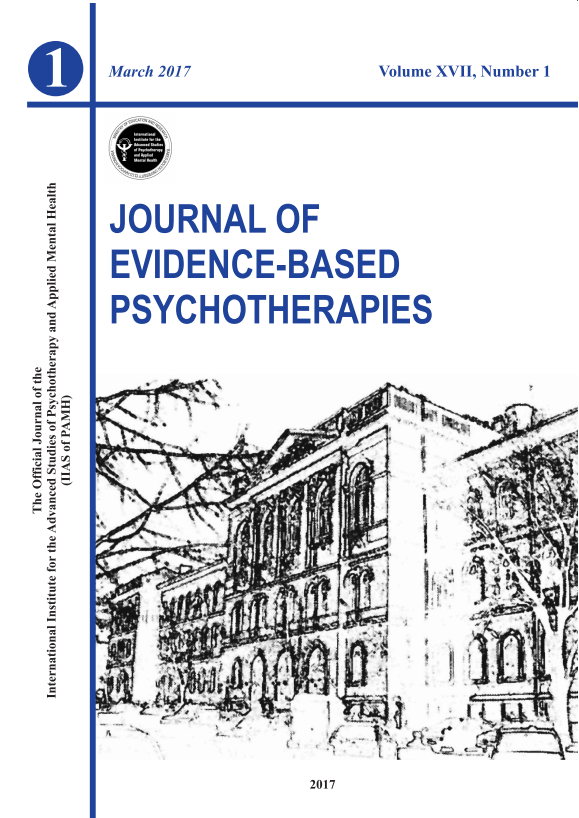The cloud is no longer a wispy dream – it’s the technological bedrock of modern business. As companies flock to the cloud, a new breed of IT hero emerges: the Certified Cloud Test Practitioner (CCTP). These specialists wield the power to ensure the smooth and secure operation of cloud-based systems, acting as guardians of the digital sky.
Who is a Certified Cloud Test Practitioner?
Imagine a skilled professional who bridges the gap between traditional testing and the complexities of the cloud. That’s a CCTP! They possess a unique arsenal of knowledge and skills specifically designed for testing applications and systems deployed in the cloud. From scalability to elasticity and security, they understand the nuances that make cloud testing a distinct challenge.
Why Become a Certified Cloud Test Practitioner?
Earning your CCTP certification unlocks a treasure trove of benefits:
Level Up Your Earning Potential: Studies show IT professionals with cloud certifications can command up to 20% higher salaries [Source: Global Knowledge]. A CCTP certification demonstrates your expertise, making you a highly sought-after asset in the job market.
Career Takeoff: The cloud testing field is booming, and a CCTP certification is your first-class ticket to exciting opportunities. It positions you for career advancement and opens doors to the ever-expanding cloud computing landscape.
Sharpen Your Skills: A CCTP program equips you with a comprehensive toolkit for cloud testing. You’ll master testing strategies specific to the cloud, from performance testing to robust security checks.
Industry Recognition: A CCTP certification isn’t just a piece of paper – it’s a badge of honor recognized by employers worldwide. It signifies your commitment to professional development and your proficiency in cloud testing best practices.
Why Take a Course to Get Certified?
While self-study is an option, consider the strategic advantage of a CCTP certification course:
Structured Learning Path: A well-designed course provides a clear roadmap to success, breaking down complex concepts into manageable steps.
Expert Guidance: Learn from seasoned professionals who can offer valuable insights and practical tips for mastering cloud testing in the real world.
Comprehensive Resources: Many courses provide study materials, practice exams, and access to online resources, ensuring you’re fully prepared for the certification exam.
Community and Support: Courses offer a chance to connect with fellow students, build your professional network, and access ongoing support throughout your learning journey.
The Cloud is Calling, Are You Ready to Answer?
The future belongs to the cloud, and skilled cloud testing professionals are in high demand. Earning a Certified Cloud Test Practitioner certification is a strategic investment that can propel your IT career to new heights. By enrolling in a CCTP certification course, you’ll gain the knowledge, skills, and industry recognition needed to conquer the cloud and become a valuable asset in the ever-evolving digital landscape. So, are you ready to take your IT career to the next level? The cloud awaits!
